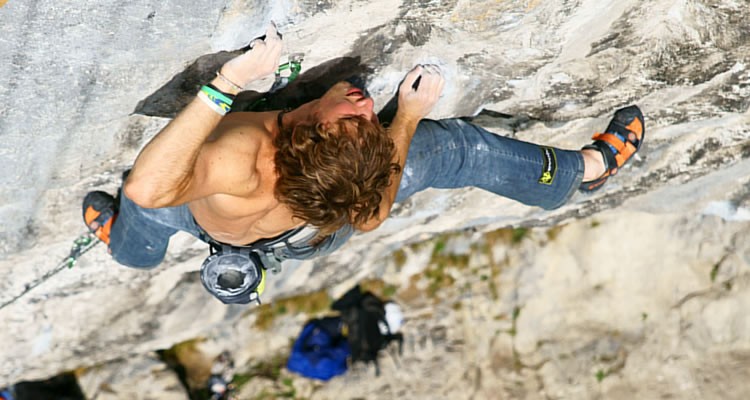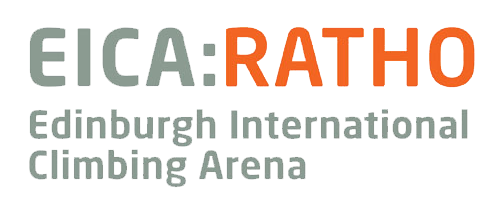Footwork, Footwork, Footwork...
- Font size: Larger Smaller
- Hits: 9093
- 0 Comments
- Subscribe to this entry
"Footwork is the foundation for an efficient climbing style, it's not something to be taken ligthly and forgotten after you've reached a certain level..."
You will often hear climbers/coaches going on and on about the importance of good footwork, but to be frank, I don't think many of them actually know why it's important and what good footwork actually looks like...
Heel-Toe on a lip - I'll need to position my foot perfectly to rock up onto the lip
Good footwork doesn't mean that your feet never pop off, nor does it mean you will have imaculate climbing shoes with no holes for the rest of your life, and it definitely does NOT mean you don't make a sound when you climb :P
When you first start climbing, your footwork is the first thing you learn to improve. The instructor will say:
"Try not to make a sound when you place your feet"
"Take a few seconds to place each foot before you let it touch the hold"
Although these are great to think about when you are a beginner, there comes a time when it simply becomes inefficient to climb like this and realistically, your ability isn't governed by how quiet you can be. You certainly don't see Adam Ondra moving slowly up the wall taking extra care on every foot placement. That's because it is inefficient and he has learned foot techniques that are far beyond what we learn as beginner climbers.
Fast Foot (Not Food!)
The placing of your foot is imperative to the efficiency of your technique. A precicely placed foot will mean maximum range of movement throughout your leg from the pivoting ability of your foot which in turn gives your whole body more range of movement. As a beginner you learn to place your feet accurately, so as you progress as a climber, you now need to learn how to accurately place your feet quicker so you save more energy.
"Speed is a fundamental skill necessary for top performances!"
If you can learn to accurately place feet quickly and precisely, then you could increase efficiency of your climbing multiple times! The best way to learn this is simply to practice during your warm up moving quicker whilst have to place your feet on smaller footholds. You can also include practice on this whilst trying hard routes and boulders but by focussing on moving quicker for maximum efficiency.
On the Pull...
As a beginner we learn how to place our feet then push, but rarely do we think that they can do any more than this... Why then are performance climbing shoes downturned by nature? This is to allow them to act like Talons, to hook and grab at a foothold to allow us to pull in on them as well as push for better grip and manoeverability.
Pulling down on the toes takes weight of your arms and can provide force for powerful moves
If you can learn to pull with your feet, you can shift your centre of gravity inwards and even take massive amounts of weight off your arms! Pulling with your toes can allow you to move in several different ways:
- On a severe overhang you can bring your body closer to the wall for maximising reach to the next handhold.
- Whilst turning a lip, pulling with your feet will allow you to shift your centre of gravity over your toe and thus allow you to more easily make the move.
- Whilst moving side-ways to a hold, pulling with a toe can aid in the rock-over by pulling you towards the handhold you are aiming for.
- On any wall, whilst moving upwards, pulling in on the toe can aid in making a deadpoint by giving you a split second longer to make the move.
- During a dynamic move, pulling in on the toe can allow you to increase your maximum dynamic force before converting your pulling force (through the feet) to a pushing force for the dyno.
On "Mescalito" (7c+) at Malham I am using my left toe to pull my body weight in for the rock over
"A foot is for life, not just for Christmas..."








